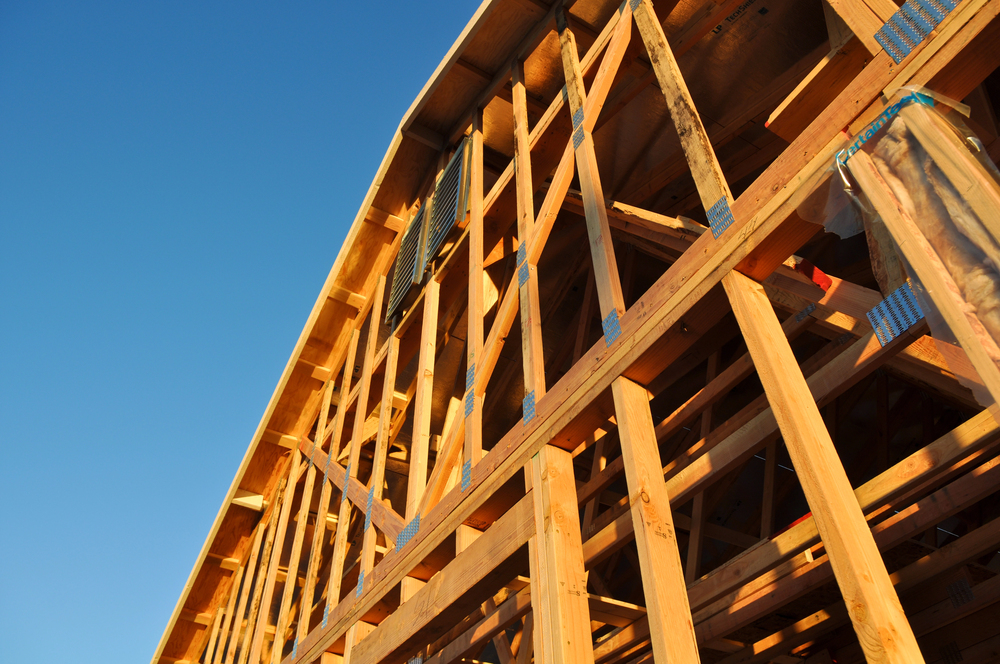Wood framing remains the dominant method for single-family home construction in the United States, accounting for 94% of completed homes in 2024, or approximately 959,000 units. This marks a 3% increase in volume from 2023 and a 1% gain in market share, according to NAHB analysis of Census Bureau data.
Concrete-framed homes made up 5% of completions in 2024, falling from 7% in 2023. On a count basis, 55,000 concrete-framed homes were completed, reflecting a 15% year-over-year decrease. Steel-framed homes remained rare but saw notable growth. Around 4,000 units were completed in 2024, up 33% compared to the prior year, although the overall share stayed below 0.5%.
Non-wood framing methods were concentrated in the South. Concrete-framed homes represented 9% of completions in the region, while nearly 95% of all steel-framed homes were also built there, indicating region-specific construction practices.
A recent study from Chalmers University of Technology in Sweden finds that nail plate connected timber trusses have the lowest climate impact across all measured span lengths compared to concrete, steel, and glulam alternatives. The life cycle assessment, covering spans from 6 to 26 meters and focusing on production phase emissions, shows timber consistently reduces CO2 output even when more units are required to match the coverage of a single truss made from concrete or steel. Timber roof trusses emit 88% less CO2 than steel and 87% less than concrete.
